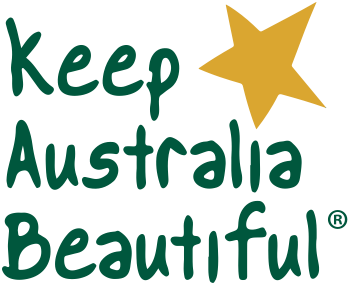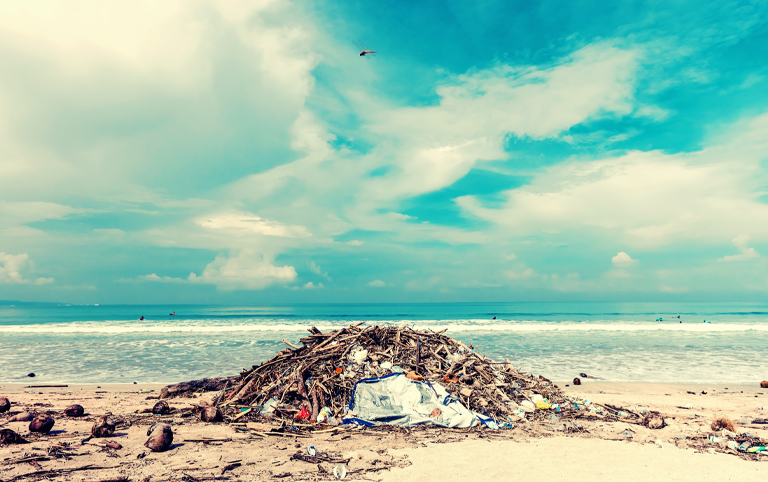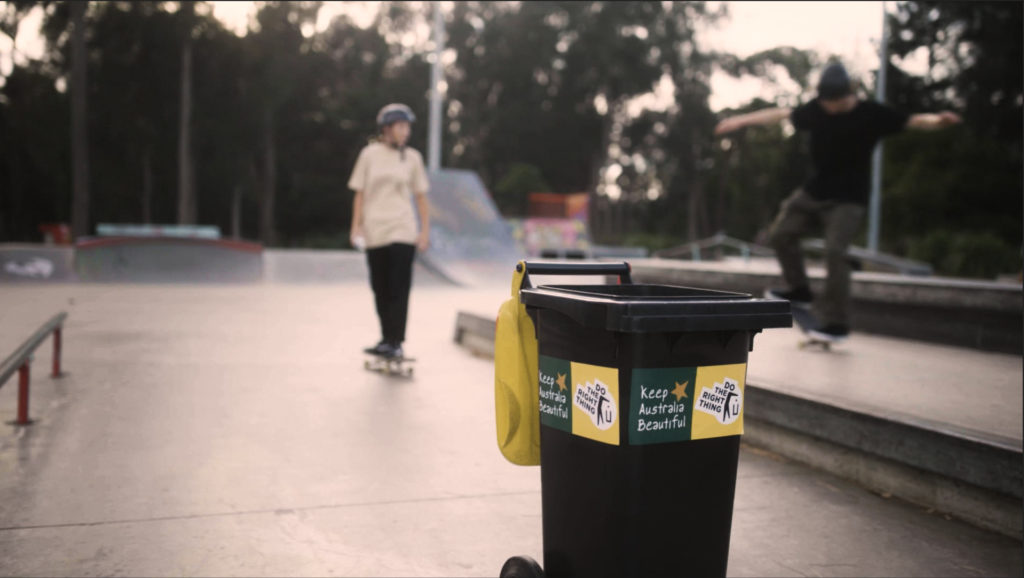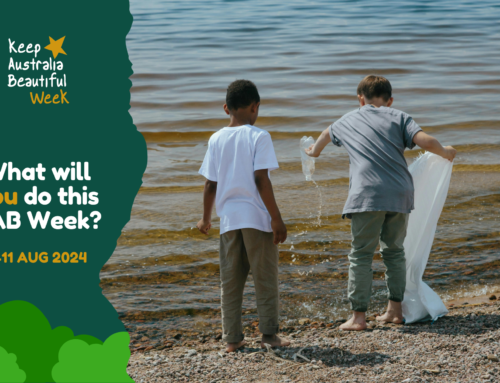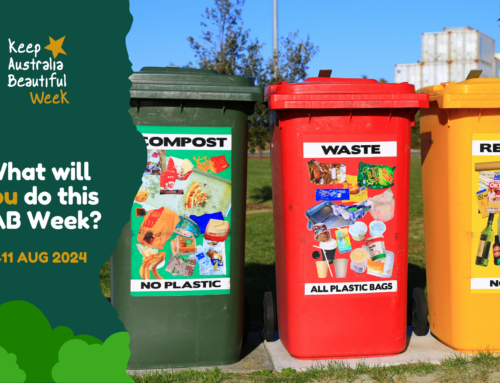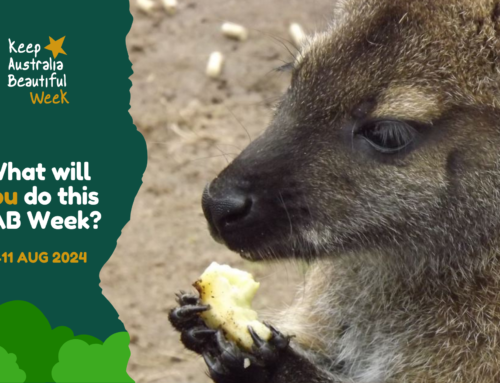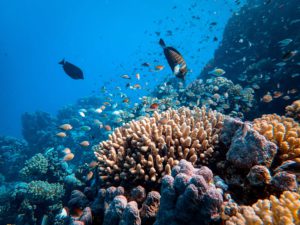
The Fight Against Marine Litter
Here in Australia, we’re incredibly lucky to be blessed with beautiful beaches and marine life unlike anywhere else in the world.
According to State of the Environment, Australia’s marine environment is the world’s third largest jurisdiction, spanning 13.86 million square kilometres. To put that into perspective, that’s a little bit smaller than Antarctica!
Our marine environment is home to approximately 33,000 diverse species, which doesn’t even include the thousands of estimated species that haven’t been catalogued or discovered yet. The ocean and its marine life are an integral ecosystem and a significant factor in what makes Australia so beautiful and unique, therefore we have a duty to protect it at all costs.
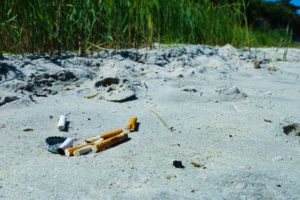
But one thing poses a huge threat to our marine environment, and that’s litter.
We’re all familiar with litter, yet many underestimate its devastating impact on our environment. Marine litter is a growing environmental issue not just here in Australia, but around the world. The UN Environment Program defines marine litter as ‘any persistent, manufactured or processed solid material discarded, disposed of or abandoned in the marine and coastal environment’. Common types of marine litter include plastic bottles, fishing nets, food packaging, plastic
bags, crates, cigarette butts and fishing gear. However it’s important to note that 80% of marine litter comes from land-based sources such as rubbish flushing out to sea.
According to WWF Australia, up to 130,000 tonnes of plastic will enter our waterways and oceans each year. This poses severe harm to marine life who can be injured or killed from entanglement, drowning or ingestion of marine litter.
The good news is there are many easy ways to help reduce the amount and impact of marine litter in our oceans.
These include…
- Limiting use of single-use plastics – opt for reusable products including reusable water bottles, coffee cups, straws, grocery bags and cutlery. This is an easy way to reduce the amount of plastic waste that can end up in our oceans.
- Participating in a beach clean-up – this is a great hands-on way of reducing marine litter which can be done individually, with family and friends or during a larger organisation’s clean-up event.
- Recycling properly – when using plastics that can be recycled, make sure you’re disposing of them properly and putting them into the recycling bin which helps to keep plastics out of our oceans.
- Disposing waste correctly – If you’re out and about and can’t find anywhere to dispose your rubbish properly, hold onto it until you find a bin or until you get home.
It’s important that we don’t underestimate the power of our actions. In order to make a real environmental difference, we all need to play a part in protecting the marine environment that we cherish so fondly, so that Australia remains beautiful for generations to come.

*Photos sourced from:
Unsplash State of the Environment (2016) Marine debris, https://soe.environment.gov.au/theme/marine-environment/topic/2016/marine-debris#:~:text=Marine%20debris%20includes%20those %20materials
2015 UN Environment Program (2022) Marine litter, https://www.unep.org/explore-topics/oceans-seas/what-we-do/working-regional-seas/marine-litter
WWF Australia (2022) Don’t let nature go to waste, https://www.wwf.org.au/get-involved/plastics#gs.x7r02f
